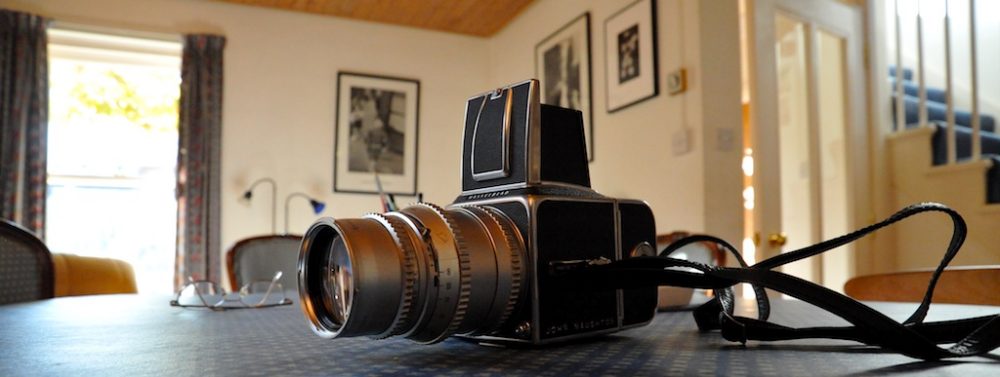I’m temperamentally suspicious of the “fake news” and “post-truth” discourse, for various reasons: it’s short on really hard evidence and detailed analysis; it attributes too much to non-mainstream media; it has an implicit nostalgia for a non-existent ‘truthful’ past; and it downplays the reasons why so many people in the UK and the US were willing to administer such a counterproductive (and perhaps self-defeating kick) to the (neo)liberal democratic system which has got us into this mess.
So it’s good to see more cautious, scholarly analyses emerging. Like this study by Yochai Benkler, Robert Faris, Hal Roberts, and Ethan Zuckerman.
Our own study of over 1.25 million stories published online between April 1, 2015 and Election Day shows that a right-wing media network anchored around Breitbart developed as a distinct and insulated media system, using social media as a backbone to transmit a hyper-partisan perspective to the world. This pro-Trump media sphere appears to have not only successfully set the agenda for the conservative media sphere, but also strongly influenced the broader media agenda, in particular coverage of Hillary Clinton.
While concerns about political and media polarization online are longstanding, our study suggests that polarization was asymmetric. Pro-Clinton audiences were highly attentive to traditional media outlets, which continued to be the most prominent outlets across the public sphere, alongside more left-oriented online sites. But pro-Trump audiences paid the majority of their attention to polarized outlets that have developed recently, many of them only since the 2008 election season.
Attacks on the integrity and professionalism of opposing media were also a central theme of right-wing media. Rather than “fake news” in the sense of wholly fabricated falsities, many of the most-shared stories can more accurately be understood as disinformation: the purposeful construction of true or partly true bits of information into a message that is, at its core, misleading. Over the course of the election, this turned the right-wing media system into an internally coherent, relatively insulated knowledge community, reinforcing the shared worldview of readers and shielding them from journalism that challenged it. The prevalence of such material has created an environment in which the President can tell supporters about events in Sweden that never happened, or a presidential advisor can reference a non-existent “Bowling Green massacre.”
Thee’s also a really interesting NBER paper by Hunt Allcott and Matthew Gentzkow on “Social Media and Fake News in the 2016 Election. The Abstract summarises it thus:
We present new evidence on the role of false stories circulated on social media prior to the 2016 US presidential election. Drawing on audience data, archives of fact-checking websites, and results from a new online survey, we find: (i) social media was an important but not dominant source of news in the run-up to the election, with 14 percent of Americans calling social media their “most important” source of election news; (ii) of the known false news stories that appeared in the three months before the election, those favoring Trump were shared a total of 30 million times on Facebook, while those favoring Clinton were shared eight million times; (iii) the average American saw and remembered 0.92 pro-Trump fake news stories and 0.23 pro-Clinton fake news stories, with just over half of those who recalled seeing fake news stories believing them; (iv) for fake news to have changed the outcome of the election, a single fake article would need to have had the same persuasive effect as 36 television campaign ads.
